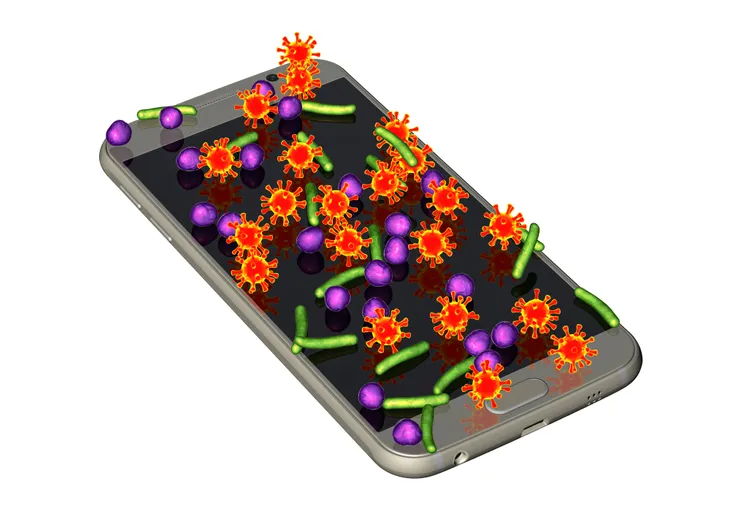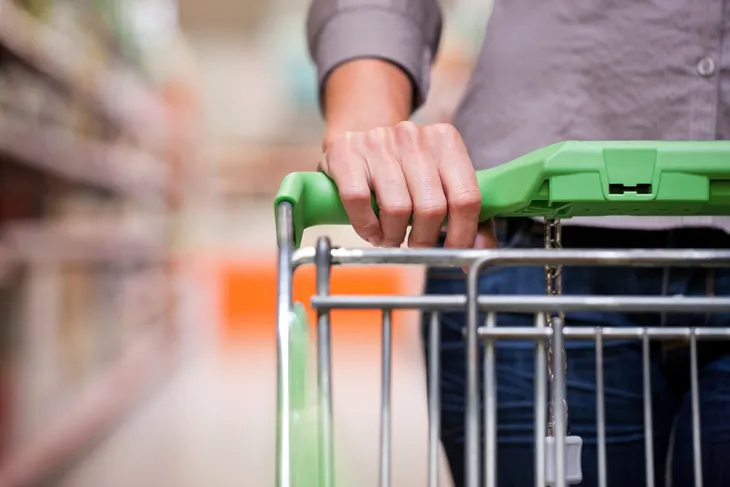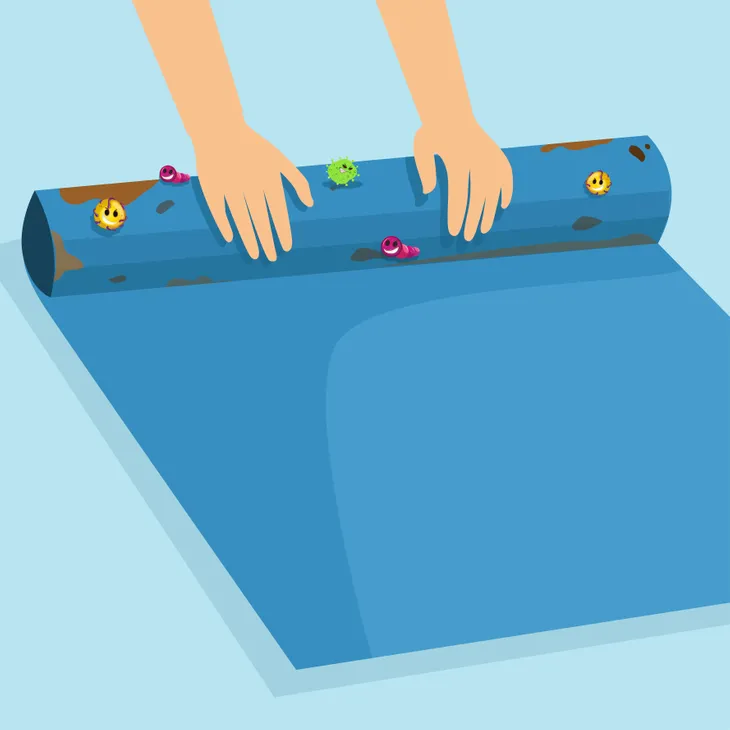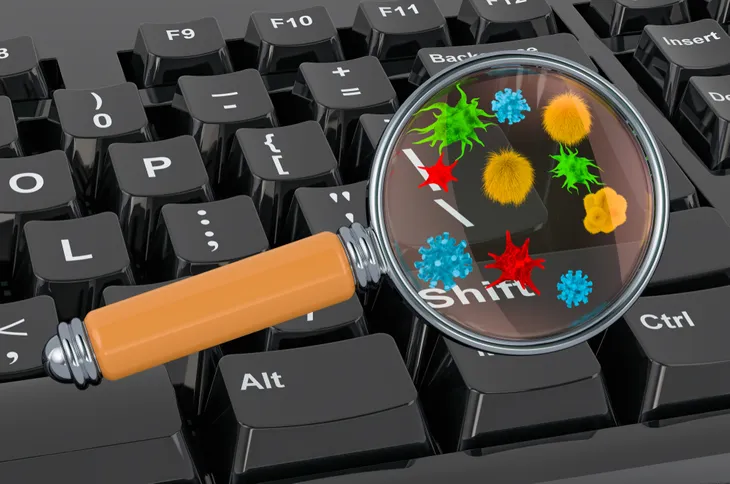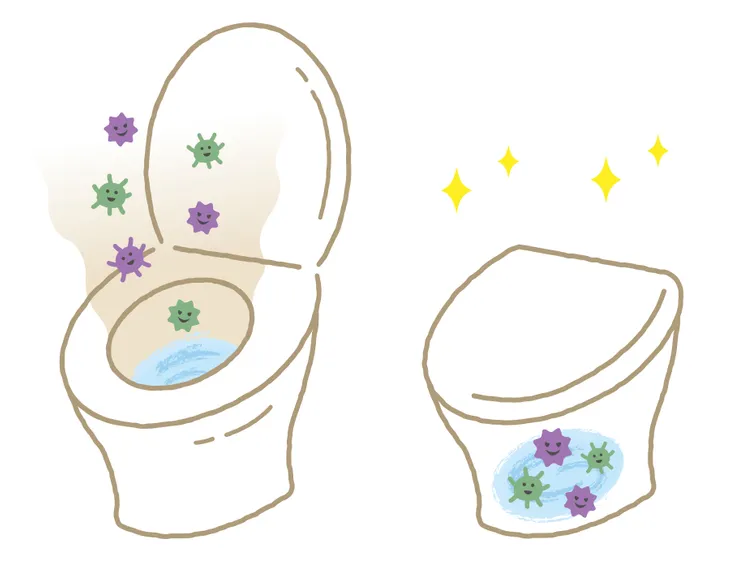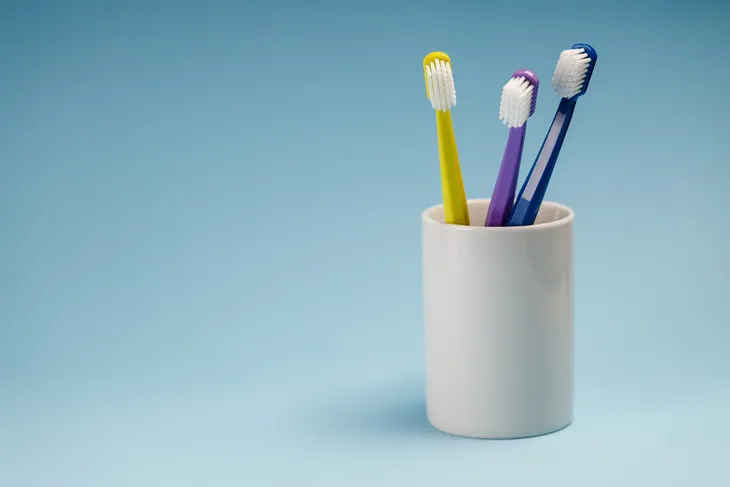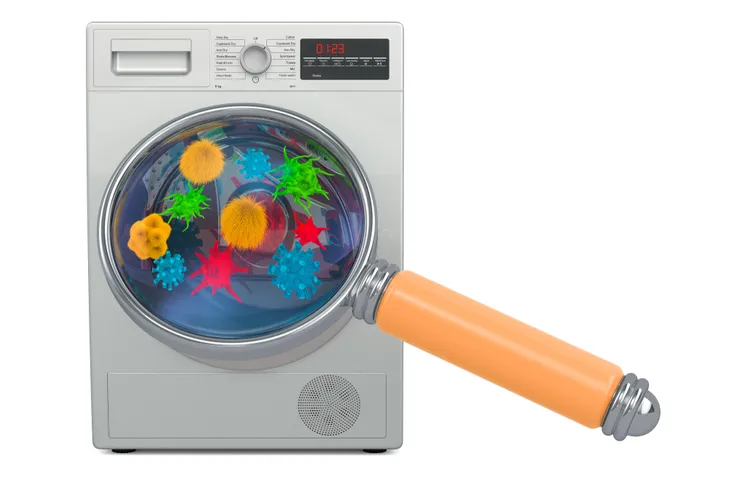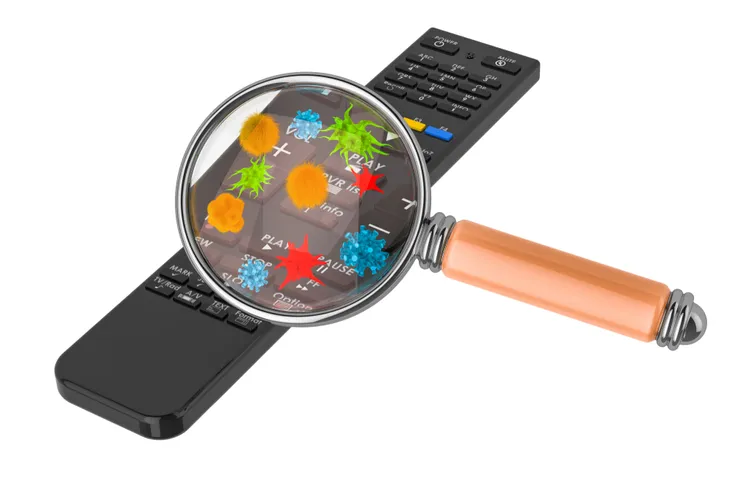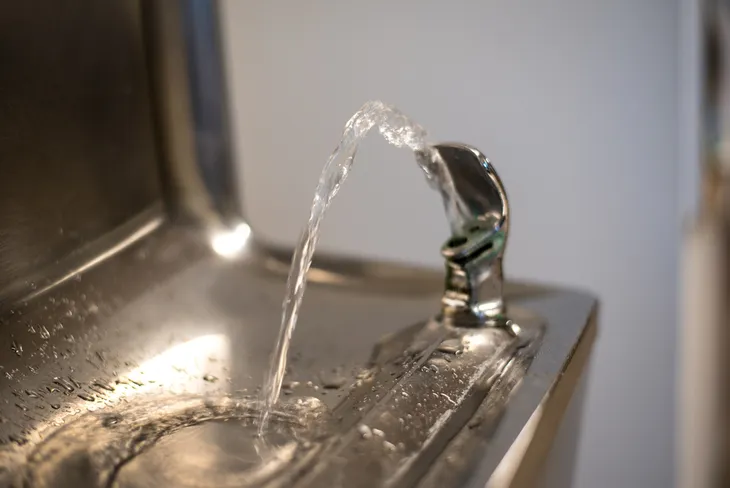You don’t have to be a germaphobe to worry about germs. While thinking about germs can become a compulsion, there are other reasons why you should turn your attention to the topic – one being that germs might not be where you’d ordinarily suspect, so knowing more about them can help you avoid illness. The truth is that the germiest places are often literally right under our nose, yet we don’t consider potential danger because they’re not thought of as “typical” places for germs to hide out (like in a bathroom, for example).
Your Mobile Devices
According to statistics, more than 3-billion people around the world now use smartphones (which is expected to hit nearly 4-billion by 2021). But while that means more people than ever will be connected, it also means more possibility of being infected by germs.
Your hands (and maybe other’s hands) are touching your phone several times a day, and let’s be honest, you’re not usually washing your hands before or after you use it. A lot of bacteria can hide out on smartphones (and tablets) – Time actually states that phones are 10-times dirtier than a toilet seat — think about that for a moment. And keep in mind you’re also bringing that phone to your mouth to talk occasionally.
Shopping Cart Handles
When you go shopping, you’re generally not looking to add bacteria to your grocery list, but you might very well be doing so unwittingly, says Health.com. There are all kinds of nasty things that can live on these handles due to the public use of them – and that can include human feces, notes the source.
Raw produce and meats placed in the cart can leak pathogens that can also be harmful. The source notes to take advantage of any hand sanitizer the store has placed near the carts, or bring your own and give the handles a quick wipe down. Wrap your meats in plastic bags and wash your hands if you spill anything food-related onto them.
Fitness Equipment
Everything from treadmills to yoga mats can fall into this category, and they can all be potential hosts for germs. While going to the gym regularly is a good way to keep up your cardio and build strength, you might also be opening the door to illness if you’re not careful.
The source says there are potentially antibiotic-resistant germs found on fitness mats and running or resistance machines. It suggests bringing your own yoga mat to classes, as well as using antibacterial wipes before jumping on equipment. If the facility has showers, give yourself a good wash with soap after your session to minimize infection, it adds.
Your Computer Keyboard
This is another electronic device that people use often, considering how many people rely on desktop and laptop computers for work each day. That means potentially picking up germs growing on your keyboard and touching your nose or mouth, giving them a free ticket in.
Keyboards are another item of convenience that often doesn’t get cleaned as nearly as they should be. But even if you’re a relatively “clean” person (meaning you wash your hands often), you should still aim to clean your keyboard regularly with some isopropyl alcohol (around the keys as well using a cotton swab) to keep the bacteria at bay. Oh, and try not to eat at the desk where your computer is either.
Open Toilets
You may think that toilets themselves are gross and a sure source of germs, and you’d be partially correct. While germs can live on the hard surfaces of toilet seats for a short time, bathrooms are often one of the places most targeted by regular cleaning, especially in an office setting.
The real danger is actually more in the flushing of the toilet. More specifically, flushing the toilet with the lid open. As Prevention points out, flushing with the lid ajar can spray bacteria (C. difficile that can cause illness) into the air for up to 10-inches. Even toilets that aren’t used regularly can spread germs, adds the source. So put a lid on it next time you hit the handle.
Your Toothbrush Holder
You pull your toothbrush out of the holder, brush your teeth, rinse it off and then stick it back in the holder. No chance of germ accumulation there, right? Well, no. Everyday Health notes that toothbrush holders are actually one of the biggest culprits when it comes to hoarding bacteria.
The problem is that germs love surfaces that are moist. People don’t generally towel off their toothbrush when they replace it in the holder, so some droplets of water will ensure the perfect environment for germs to populate. Consider giving your holder a good wipe down once in a while when you’re doing other cleaning in the bathroom.
Washing Machines
What? No, you’re reading that right. While washing machines are generally thought of as machines that are designed to get rid of dirt and germs, they can actually do the opposite. While they do a great job of cleaning fabrics, they become another place that can remain damp after use, says EveryDay Health.
Because of this, the source notes that potentially sickness-causing bacteria such as salmonella and E. coli, as well as some viruses, can take up residence in your washing machine. Good ways to combat this is by running a bleach cycle once a month, and cracking open the machine’s lid between washes (so it doesn’t encourage a moist environment for germs).
Remote Controls
We all sit on the couch from time to time, using that magic beam from the remote to find a show we’re interested in. But these aren’t items that people typically think of when they’re doing a deep clean, and they’re handled often by (potentially) every member of your family.
The worst offender might be the hotel remote. Health.com explains that potentially hundreds of different people might have used that remote, many while eating room service food. The source cites research from a team at the University of Virginia School of Medicine that found the cold-causing virus lives on hotel remotes. Give them a cleaning with a disinfecting wipe, it suggests.
The Kitchen Sink
You may be looking everywhere except the kitchen sink for germs (see what we did there?). But while you probably wash dishes and rinse food over the sink, you might not think of it as a place where germs would love to hang out. According to Health.com, there are more than 500,000-bacteria per square inch hiding in the drain. The faucet handles may also be harboring some germs.
The source also notes that the area around the sink can be a hotbed of bacteria as well. Damp sponges used to clean dishes and counters are a source of germs, and they can also accumulate on countertops. Health.com suggests sanitizing the sink and countertops any time you prepare raw foods, vegetables/fruits in particular that can carry E. coli and other harmful strains.
Public Drinking Fountains
You’re out for a walk on a warm day and you start looking for a drinking fountain to quench your thirst. Well, it’s sometimes tough to find these drinking fountains (or at least ones that work properly) in public areas, so bringing a refillable water source with you might be a better plan. But there’s another reason other than convenience.
The worst type of public fountain is the type found in schools shared by students, notes Health.com. It explains up to 2.7-million bacteria per square inch can live on the spigot, the part where a lot of kids end up resting with their mouth while they sip the water. Perhaps the next time you’re packing a water bottle in your hiking bag, you can pack it in your kid’s school backpack as well.
ATMs
Perhaps you’re too stunned by your bank balance when you use the ATM to think about the potential impact of germs, but it’s there. Think about how many people might use that same ATM as you in a given day, all of them putting their potentially unwashed fingers all over the buttons or screen.
Health.com notes that Chinese researchers found more than 1,200 germs on a single ATM key. The source also notes that ATM keys are also a place that is sometimes neglected in terms of cleaning, which creates a perfect recipe for germ transmission. You can carry hand sanitizer to use after making your transaction, it suggests.
Your Handbag
No self-respecting fashionista leaves the house without a designer handbag, are we right? However, as well as carrying around your credit cards and maybe your pet dog, you might also potentially be carrying around a colony of harmful bacteria, explains Health.com.
The source cites research from a team led by a University of Arizona professor that shows millions of bacteria can live on the bottom of purses, presumably due to resting it on the floor often. The AARP suggests using a bathroom door hook instead of placing it on the floor, which might also be a good way to deter theft as well.
Playground Equipment
You don’t send your kid to the playground to get sick, but it can happen as a result. And here’s why – children “ooze bodily fluids” when they’re playing, according to Health.com. That means a whole range of potential yuckies including urine and mucus, it adds.
The source adds that after touching dirty surfaces, kids are more likely than adults to then proceed to stick their hands in their mouth. Make sure to carry some sanitizer to use at the park, and give your little one’s hands a rub before they dive into snacks, it adds. Health.com also explains that sunny and warm days are ideal for playground visits, because UV rays can act as a disinfectant.

